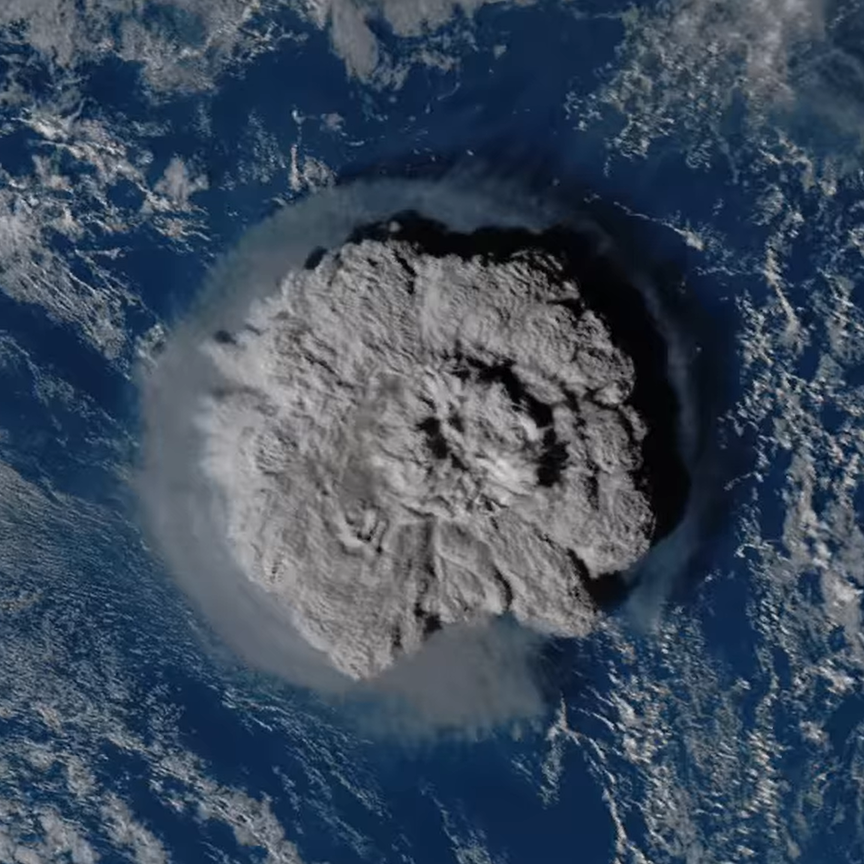Media release
From:
Expert Reaction
These comments have been collated by the Science Media Centre to provide a variety of expert perspectives on this issue. Feel free to use these quotes in your stories. Views expressed are the personal opinions of the experts named. They do not represent the views of the SMC or any other organisation unless specifically stated.
Craig Miller, Senior Volcano Geophysicist, GNS Science, comments:
In this paper we measured changes in Earth’s gravity field derived from satellite measurements of the sea surface and used them to model the shape of the magma plumbing system under Hunga Volcano before and after the January 2022 eruption.
A component of this study was the repeat high resolution bathymetry that we used to account for the effect of large topographic changes that occurred during the eruption. We found that before the eruption magma was located in three discrete magma reservoirs, below, north and northwest of the volcano. After the eruption we found two of these reservoirs had become connected and their volume decreased by 30% due to the eruption, which may have contributed to the collapse of the inner part of the volcano. However, a large proportion of high melt content magma remains beneath the volcano.
Our approach is useful to identify understudied or new submarine magmatic systems with the potential to produce similar scale eruptions to that of 15 January 2022.



 New Zealand; Pacific; International
New Zealand; Pacific; International



